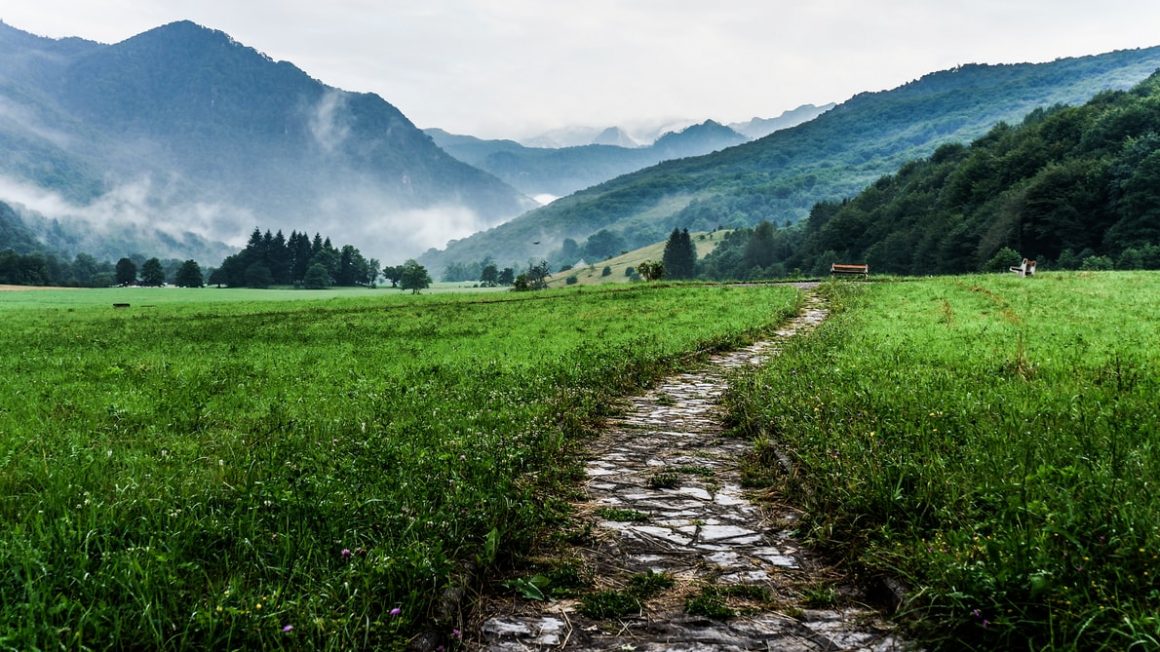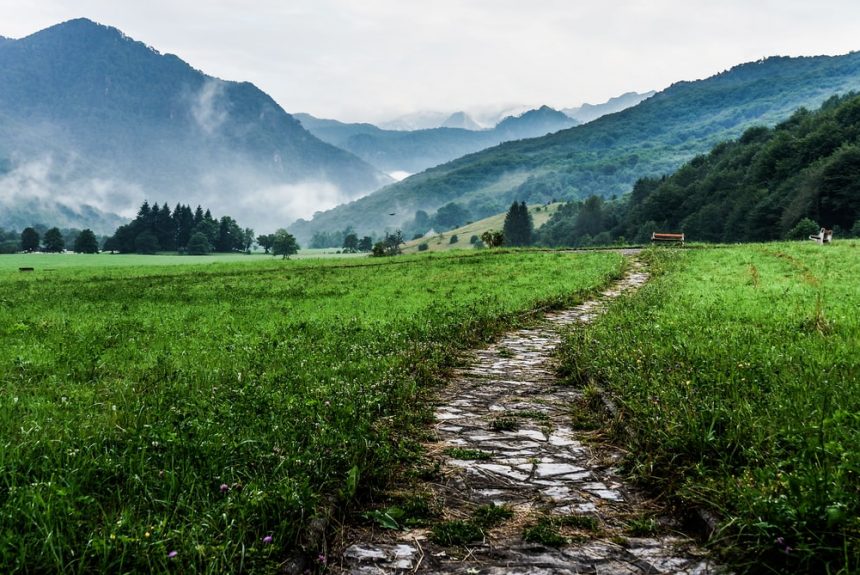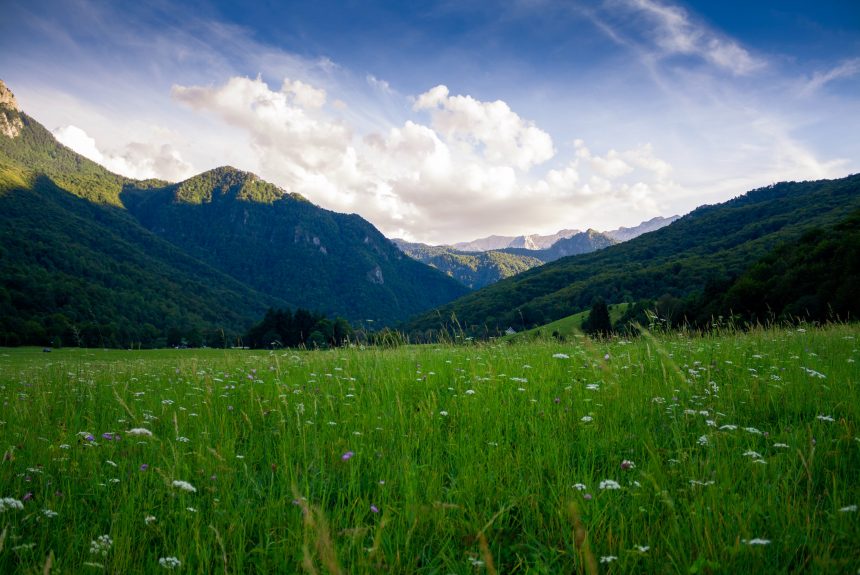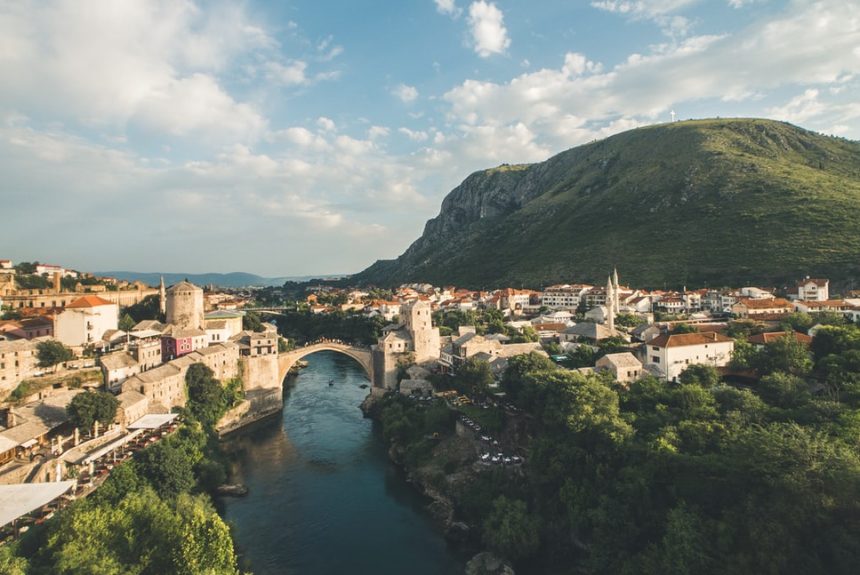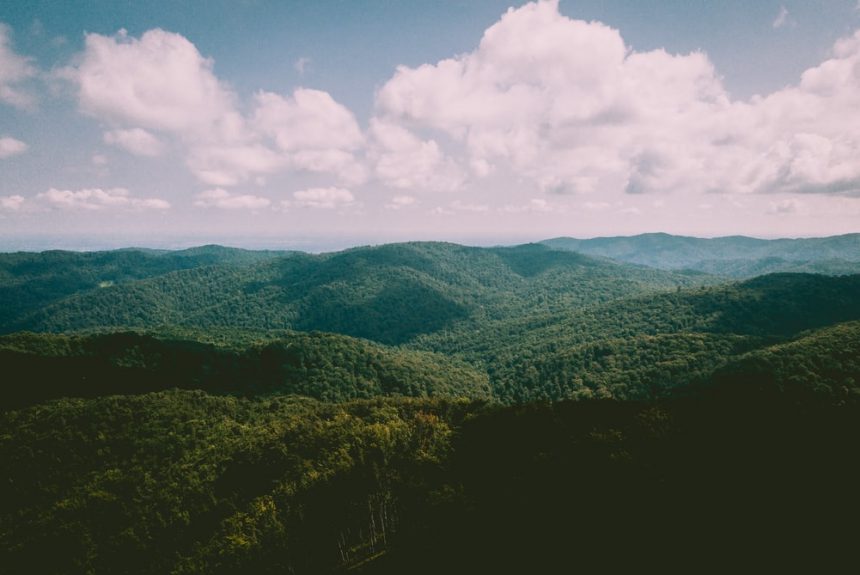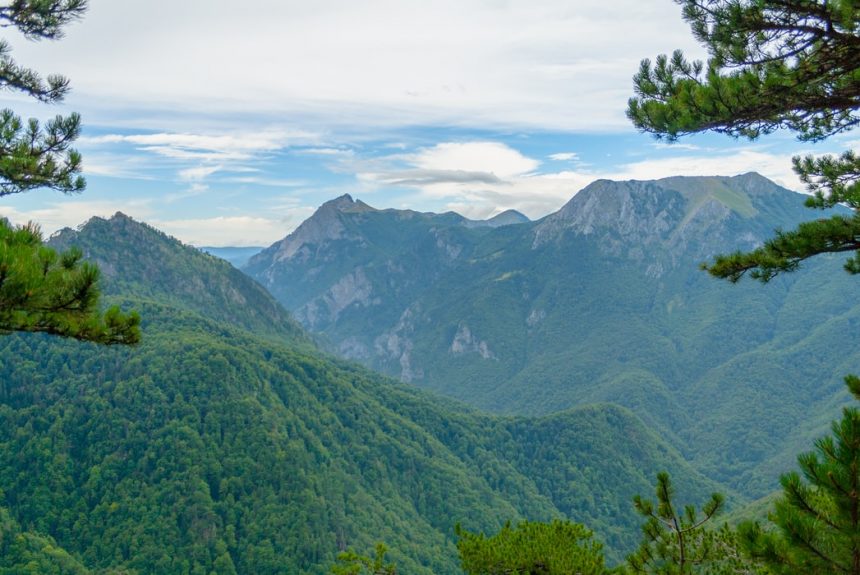The Landscape and Resources of B&H
Bosnia & Herzegovina has a diverse landscape and natural resources, with forests, fertile plains and 23 km of coastline along the Adriatic Sea. The country is known for its abundance of natural resources. These resources include large tracts of arable land, extensive forests, clean water resources and valuable deposits of minerals such as salt, manganese, silver, lead, copper, iron ore, chromium, zinc and bauxite.
Landscape
About half of BiH’s land area is agricultural.
2.4 million hectares comprise approximately 1.2 million ha of arable land, 100,000 ha of orchards and vineyards, 500,000 ha of improved grazing land and 850,000 ha of mountain pastures. Some of the most fertile soils are found along the valley of rivers such as the Una, Sava, Drina, Bosna and Vrbas.
These are the areas where crops such as wheat, corn, soybeans and barley are cultivated.
Other crops cultivated in the region include fruits such as pears, plums and apples, as well as vegetables and medicinal herbs.
Opportunities for Production
Natural resources and optimal climate conditions create superb opportunities for production activities such as agriculture, which has great potential for high-income investment. Of all the natural resources of BiH, its timber is best known; 63 percent of the country is covered in forests that can serve both the furniture and the construction industry.

Valley of Heroes, Tjentište
Forests have the potential to provide nearly seven million m³ round-wood per year on a sustainable basis.
Beech, oak, ash, pine and fir as well as more specialized woods such as walnut, apple and cherry, are exported as raw material, half fabricates and finished products.
Oil is not yet produced in BiH, although in the 1990s before the breakup of Yugoslavia, the American oil company Amoco and British consultants had carried out extensive research and indicated that oil deposits are in the southern and northern part of the country.
The war stalled the undertaking, and nobody knows the exact quantities of oil available; although, it is estimated there is approx. 20 million tons in the northern part of the country and about 500 million tons in the southern regions.
Natural Resources
• Coal (brown coal and lignite), the main energy resource of BiH, with estimated reserves of 6 billion tons
• Hydro, where only about 35 percent of the huge hydro potential (over 6000 MW) is in use
• Wind energy
• Forestry / wood industry
• Geothermal and solar energy

Land Usage in B&H
NATURAL BEAUTY – Landscape and Natural Resources
If after a busy work week your ideal reward involves nature, BiH is perfect for you.
BiH is a mountainous country with well-preserved, pristine nature. Among its most interesting landmarks are:
- Traditional villages – these are found in the mountains and consist of diverse small villages with long-standing histories and lush scenery. One such noteworthy village is that of Lukomir, inhabited by a semi-nomadic people.
- Karst features – this include caves, disappearing rivers, powerful springs and beautiful waterfalls falling over travertine terraces.
- Interesting medieval structures – this includes unique tombstones called stećak, with reliefs of diverse symbols and impressive bridges.
Natural Landmarks
Canyons and Ravines
- Drina Canyon (Peručac) – RS and Serbia, Zlatibor. Magnificent gorge with 250-1000 m high cliff walls.
- Rakitnica Canyon – Herzegovina-Neretva. Beautiful river canyon that is up to 800 m deep and 26 km long. According to local legends, this was the birthplace of a dragon.
Other Rock Formations
- Hajdučka Vrata – Herzegovina-Neretva. The natural arch that resembles a standing ring. The diameter of the hole is approximately 5 m.
- Livanjsko field – Canton 10. It is the world’s largest karstic field, with an area of 458.7 km2. The field contains multiple and diverse karst features.
Caves
- Mokranjska Miljacka cave – Pale municipality, Republic of Srpska. The longest known cave in the country, the explored length is 7,200 m. The Miljacka river starts from this cave. Paleontological findings have been discovered here, as well as a unique species of spider (Nemanela lade) and traces of prehistoric human activity.
- Vjetrenica – West Herzegovina. At least 6,700 m long cave – impressive karst feature. The cave is likely a lot longer and might stretch into neighboring Croatia. In the summer, a blast of cold air blows from the cave. The cave contains one of the richest cave ecosystems in the world, with more than 100 species of cave animals, including some 37 species that were first discovered here.
Waterfalls
- Kravica – West Herzegovina. This waterfall is formed by a natural dam and is some 120 m wide and 28 m high.
- Pliva Waterfall in Jajce, Central Bosnia – at 22 m high and approximately 50 m wide, it is located in an impressive natural setting, at the confluence of the Pliva and Vrbas rivers.
- Štrbački buk – Una-Sana and Croatia, Lika-Senj. Group of large waterfalls that have formed on natural dams.
Other Natural Landmarks
- Perućica virgin forest – RS. Unique forest with very tall trees. Several species of trees (Picea abies, Abies alba) here exceed the height of 50 m and the tallest tree in the recent past was 63 m tall. Currently, the tallest one is Vlado, which measures 57.8 m tall and is a Norway spruce.
- Vrelo Bune – Neretva Canton. One of the most powerful springs in the world, its average water discharge is roughly 30,000 L/s and sometimes reaches up to 43,000 L/s. The beautiful historical town of Blagaj is beside it.

